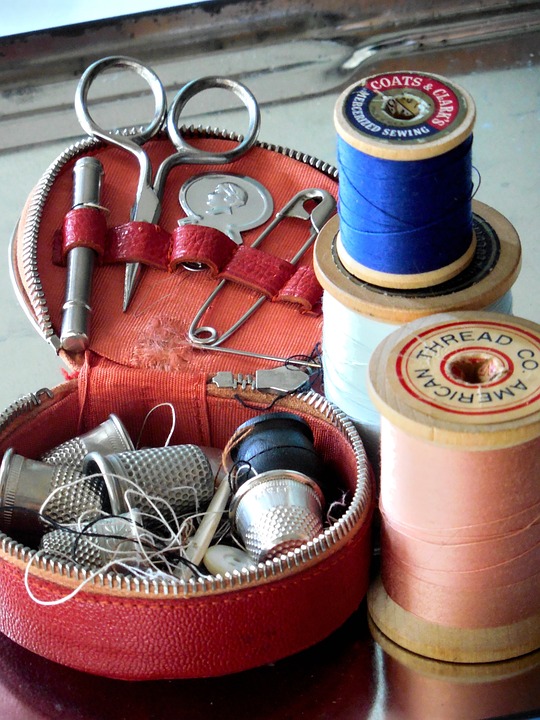Sewing threads are an essential element in the art of sewing. They hold the fabric together, ensuring that the final product is durable and long-lasting. However, not all threads are created equal. There are various types of sewing threads available, each designed to suit different fabrics and sewing projects. In this article, we will unravel the secrets behind the different types of sewing threads and when to use them.
Cotton thread is one of the most commonly used threads in sewing. It is made from natural fibers obtained from the cotton plant. Due to its natural properties, cotton thread is soft, breathable, and suitable for use with lightweight fabrics such as cotton, linen, and silk. It is ideal for sewing garments, quilting, and crafting.
Polyester thread, on the other hand, is a synthetic thread made from polyester fibers. It is strong, durable, and relatively inexpensive. Polyester threads have a high resistance to heat, chemicals, and sunlight, making them perfect for sewing outdoor items like tents, awnings, and bags. They are also suitable for sewing heavier fabrics such as denim or upholstery materials.
Nylon thread is another synthetic thread known for its strength and elasticity. It is often used in the manufacturing of sportswear, swimwear, and lingerie. Nylon thread has excellent resistance to moisture, mildew, and abrasion, making it the go-to option for sewing items that will be subjected to harsh conditions or constant stretching.
For more delicate projects such as embroidery or decorative stitching, rayon thread is the thread of choice. Made from regenerated cellulose fibers, rayon thread has a brilliant sheen and a silky texture. It comes in a wide range of vibrant colors, making it ideal for intricate designs or adding decorative touches to garments, curtains, or linens.
Specialty threads are also available for specific sewing needs. Metallic threads, for example, are made from thin strips of metallic-coated polyester and are used for decorative stitching to create a shimmering effect. These threads add a touch of elegance to formal attire, home decor, or even holiday decorations.
Invisible thread, as the name suggests, is transparent and nearly invisible when sewn. It is commonly used for hemming or attaching trims and appliques, as it does not detract from the overall appearance of the fabric. Invisible thread is often made from nylon or polyester and is available in clear or smoke colors.
When selecting a sewing thread, it is important to consider the weight or thickness of the thread to ensure compatibility with the fabric. The general rule is to match the thread weight to the fabric weight. For lightweight fabrics, use a lightweight thread, and for heavier fabrics, choose a heavier thread.
Understanding the different types of sewing threads and their properties allows you to select the most appropriate thread for your sewing projects. Whether you are sewing a delicate silk blouse, a sturdy canvas bag, or embellishing with decorative stitches, using the right thread ensures the longevity and quality of your creations. So next time you embark on a sewing project, unravel the secrets behind the various types of sewing threads and watch your sewing skills soar.

